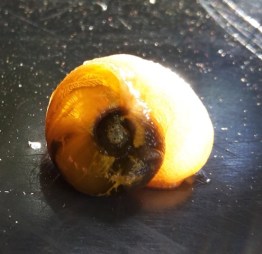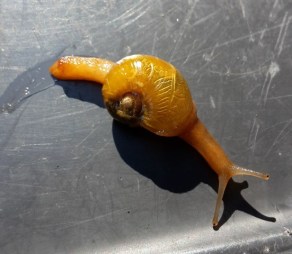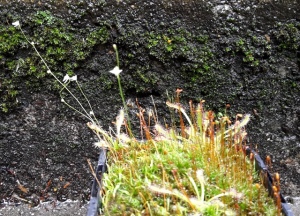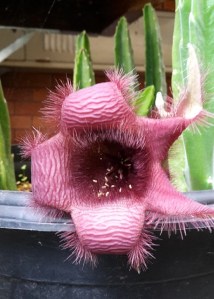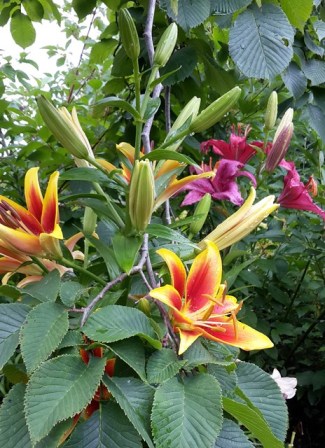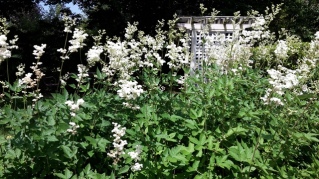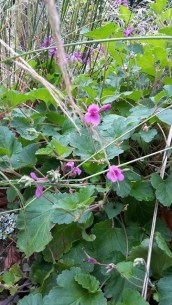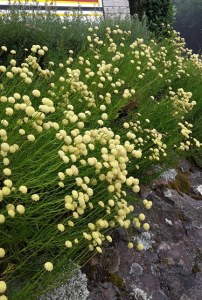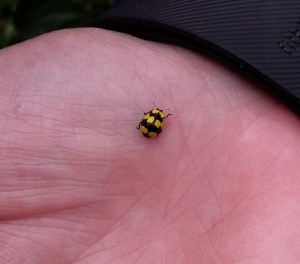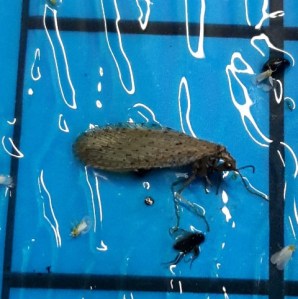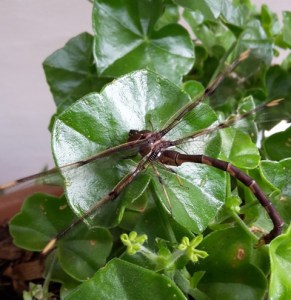Currawong Beach Cottages are part of the paradise that is Pittwater NSW.
It is beautiful at any time of year and a week spent there in summer is fantastic. The beach is accessible only by water and is serviced by a ferry. It sits below West Head and Ku-ring-gai Chase National Park. A walk up onto the headland puts you among coastal sandstone flora.
Both the flannel flowers are out at this time of year.
The sandstone flora of the Upper mountains and Pittwater do have a great deal in common but there are some species that differ. The grey spider flower is not found in the Upper Mountains. I think the small flowering tree is Synoum gladulosum, I didn’t take quite the right photos for full identification. The Australian native sundew is Drosera spatulata.
The sea wrack Halophia sp. is a beautiful intertidal/subtidal seagrass. The leaves are transparent green and pink. It is always floating on the surface of the water and can be seen growing in the sand. There are three similar looking species of Halophila in Pittwater and a number of other seagrasses making up sea meadows. Sea meadows are considered a pivotal marine habitat.











